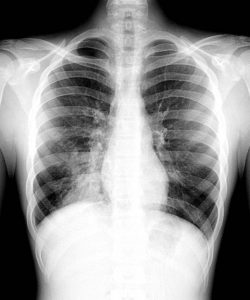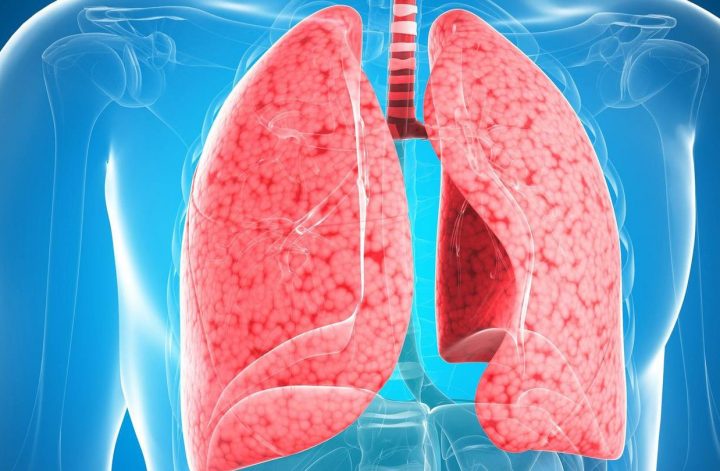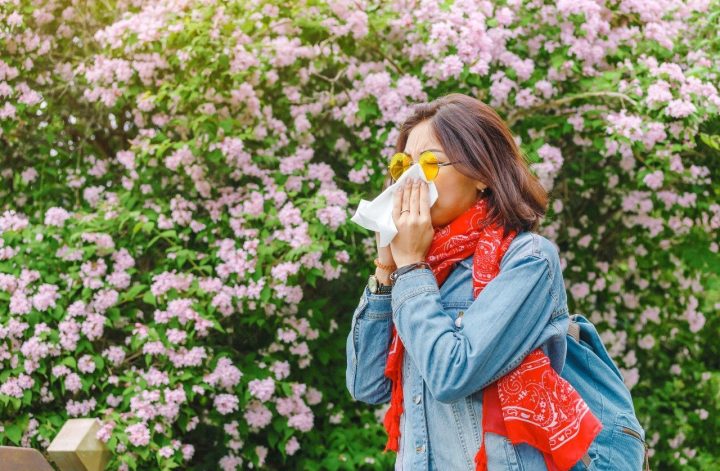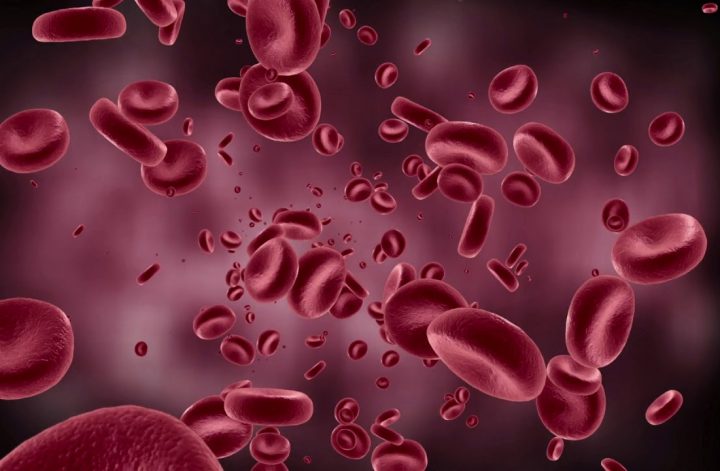Atypical “coronavirus” pneumonia continues to keep the world community at bay. And, despite the small risk of such a development of events (15% of those infected, the elderly and people of initially poor health are more likely to get sick), knowing the main signs of pneumonia can be useful.
“Without strength”
Inflammation of the lungs, in most cases, occurs against the background of intoxication, and this:
severe weakness, literally “not allowing” to get out of bed. Moreover, this feeling is typical even for children, who are usually “not inclined” to bed rest, even against the background of temperature;
fever up to 38-39 degrees and above, accompanied by severe chills;
body aches

a drop in blood pressure against the background of a rapid heartbeat.
From the lungs
severe shortness of breath, feeling short of breath;
a strong cough that appears on the 3-5th day of the disease (dry in the first days, then with phlegm),
chest pain on deep inhalation.
Externally
Increasing hypoxia (oxygen deficiency) quickly leads to a change in appearance. The facial skin becomes noticeably pale, and the nasolabial triangle acquires a bluish tint.
In young children, the fingertips can also turn blue, especially when crying.
Analyzes
Unfortunately, there are no specific tests for pneumonia https://en.wikipedia.org/wiki/Pneumonia. The diagnosis is confirmed by an x-ray of the lungs.
However, an indirect sign that allows one to suspect a severe pathology is pronounced leukocytosis in the general blood test and an increase in the level of C-reactive protein.



